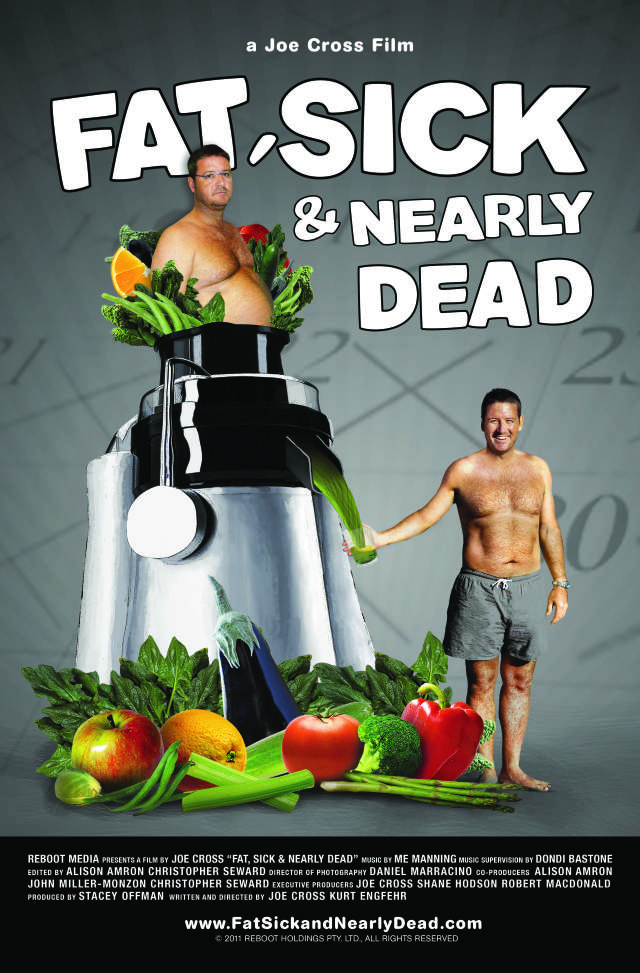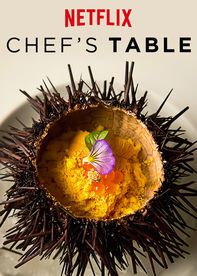Mid-Autumn Festival!
Tomorrow is Mid-Autumn Festival which marks not only the end of the autumn harvest, but is also supposed to occur during full moon. However, contrary to popular belief, the Festival doesn’t always fall on that exact day (or moon). The date of the festival is always the 15th day of the 8th lunar month. Although there isn’t always a full moon, there will be one within two days of the festival.
Anyway, like any other festival, there is always food involved. In this case, mooncakes.
 |
| "Moon Cakes" by misbehave - Moon CakesUploaded by Atlaslin. Licensed under CC BY 2.0 via Commons - https://commons.wikimedia.org/wiki/File:Moon_Cakes.jpg#/media/File:Moon_Cakes.jpg |
A traditional mooncake is a small covered tart filled with lotus bean paste. Occasionally, you might find salted egg yolks as a filling together with the lotus bean paste. The dough is made from a mixture of flour, alkaline water, sugar, oil, and it is wrapped around a ball of lotus bean paste before being pressed into a traditional engraved wooden mould to give it a round shape with a beautiful design. The top is then glazed before baking.
 |
| By Zane80 (Own work) [CC BY-SA 3.0 (http://creativecommons.org/licenses/by-sa/3.0)], via Wikimedia Commons |
These days there are also snowskin or unbaked mooncakes, where the dough is made from glutinous rice instead of flour. The skin can be flavoured giving patissieres room to express their creativity. The mooncake also has to be stored in the refrigerator, hence the name snowskin.
These days, there are many variations of mooncake flavours and fillings. In Singapore, if I remember well, there is even a unofficial competition on which restaurant, cafe or hotel has produced the best mooncake of the year. Even Starbucks have created their own. Every year there is a new flavour. From durian to champagne truffle, the flavours have expanded tremendously and not always in the right direction. For a complete list, take a look at Hungrygowhere's guide to Singapore Mooncake 2015.
Luckily for me, I like the traditional one which can be found in my local Asian supermarket in London. So I will be enjoying some mooncakes while admiring a not too full moon with some friends.


















